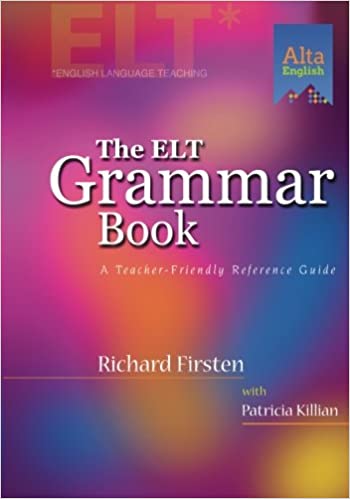On this blog, I’ve already showed you a lot of the rules for the use of articles—the short words “a,” “an,” and “the” which are sometimes used before nouns. The rules for these articles are important to good English speech and writing.
But while it is important to know how to use these articles, it’s just as important to know when not to use these articles. There are certain types of nouns that are less likely to have an article attached to them, and are especially unlikely to come after “a” or “an.”
In case you hadn’t guessed, I’m talking about non-countable nouns. These kinds of nouns label things that cannot be counted as individual items. Let me give you an example: sugar. Sugar is a non-countable noun, because it can only be measured in volume, not in numbers. You can’t say that you want to mix two sugars into your cookie dough. Instead, you have to talk about sugar in terms of measurement—adding 500 grams of sugar or two cups of sugar, or something like that. In contrast, “gram” and “cup” are countable. You can’t have a larger volume of grams, but you can have more than one gram. Cups too are separate individual items—there can be one cup, two cups, three, etc…
There are other examples of non-countable nouns that can’t be measured at all, because the nouns label completely abstract ideas instead of things that are measured in volume. Happiness is a good example of this. Happiness labels an experience, not a tangible object or substance. So happiness would be non-countable.
There are certain rules all non-countable nouns follow. Below are five simple rules to remember when you use non-countable nouns:
- Rule 1: Non-countable nouns will either be measureable in volume or will not be measurable at all.
- Rule 2: Non-countable nouns will never have the article “a” or “an” attached to them.
- Rule 3: Non-countable nouns can be attached to the article “the” to show that a non-countable noun is specific, unique, different, or otherwise worthy of some sort of special attention. (See also my list of the rules for “the,” especially Rules 1, 2, and 3.)
- Rule 4: Non-countable nouns do not have a plural form. So when using non-countable nouns such as “sugar” and “happiness,” you would never say “sugars” or “happinesses.”
- Rule 5: In certain specific contexts, it is possible to take a noun that would normally be non-countable, and use it as a countable noun. (The rules for this are a little bit complicated. I’ll deal with them in a later post.)
So there you have it— the basic definition of a non-countable noun and the basic rules for using nouns in a non-countable sense.
This post is probably just review for a lot of you. And even if you’re learning about non-countable nouns for the first time, you hopefully found this post easy to understand.
Right now though, you may be wondering how you can tell whether or not a noun is countable or non-countable. That can be a little trickier. As you use English in conversation or on an exam like the TOEFL, you don’t have time to stop and think about whether every noun you’re using can be measured and counted.
Fortunately, there are several specific categories of nouns that are non-countable. Memorize those categories and you’ll be fine. In my next post on this subject, we’ll look at these categories.






Leave a Reply